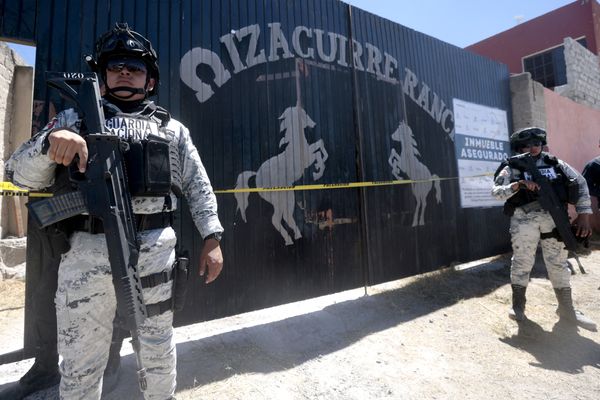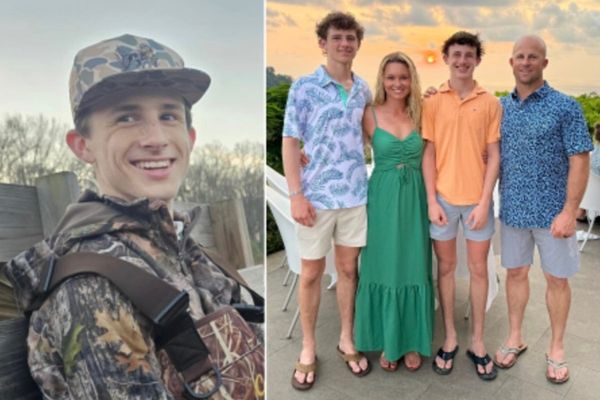
Decades after the installation of a color barrier in professional baseball, one of the nation’s top Black athletes – Jackie Robinson – stood on a Major League field for a tryout. Infield practice, batting practice, fungoes – he did it all, including some memorable shots against the wall in left field.
This did not take place at the Brooklyn Dodgers’ Ebbets Field, where Robinson would integrate the majors on 15 April 1947 though. Rather, it happened two years earlier, almost to the day, at Fenway Park. On 16 April 1945, the Boston Red Sox held a tryout for three Black players – Robinson, Sam Jethroe and Marvin Williams. No job offers resulted, and the Red Sox ended up becoming the last MLB team to integrate, over a decade later. That the tryout took place at all is a testament to two determined individuals – Isadore Muchnick, a white Boston city councilor, and Wendell Smith, a Black sportswriter. A new book honors such advocates in the long battle for integration on the diamond – Before Brooklyn: The Unsung Heroes Who Helped Break Baseball’s Color Barrier by Boston-based journalist Ted Reinstein.
“It struck me that while some people who were involved in that story have some degree of fame – some of them were famous like Satchel Paige and Josh Gibson – many people who were part of the story did not necessarily play baseball at all,” Reinstein says.
He cites the Black press, which covered the Negro Leagues at a time when the white media largely ignored the story. And he mentions Black porters on Pullman train cars who risked their jobs to secretly bring aboard newspapers such as Smith’s Pittsburgh Courier, which found their way to Black households across the US, spreading the word about the Negro Leagues.
“I began to realize that these people are not generally known at all in breaking the color barrier,” Reinstein says.
In Boston, Muchnick used his knowledge of the city’s arcane Puritan-era bylaws to compel a tryout from the Red Sox – whose longtime owner, Tom Yawkey, was widely considered a racist. Team management insisted on no press coverage. When the Black players arrived in Boston, the Sox kept them waiting for nearly a week until Smith leaked news of the delay – as did white sportswriter Clif Keane. The tryout itself lasted 90 minutes. During it, Yawkey allegedly yelled a racial epithet at the players. Although Muchnick marveled at Robinson’s blasts off the Green Monster, the Sox never followed up with a job offer to him, Jethroe or Williams. Following Robinson’s debut, Jethroe did sign with another Boston MLB team at the time – the Braves.
“Having grown up in Boston, I ask people in Boston if they could get past a shameful history like that,” Reinstein says of the Red Sox’ missed chance. “We’ve never fully gotten past that, never.”
The author is a lifetime Robinson fan. His parents were active in the civil rights movement, took him to protests as a toddler and hosted a dinner for a Black folk singer named Jackie Washington – the first time Reinstein recalled having a Black guest in his home. Reinstein went on to become a reporter for a local TV newsmagazine show, Chronicle, and the author of several books. For his latest, he interviewed Paige’s daughters Pamela Paige O’Neal and Linda Paige Shelby, and Gibson’s great-grandson Sean Gibson, as well as experts at the Negro Leagues Baseball Museum and the National Baseball Hall of Fame and Museum.
As the book points out, baseball was not originally segregated. In 1884, Moses Fleetwood Walker became the first Black major league player. Just three years later, however, in 1887, National Association star Adrian “Cap” Anson, who was white, objected to his Chicago White Stockings team playing an exhibition game against Newark of the International League, because Newark had two Black players – Walker and pitching ace George Stovey. Both were kept out of the game. The International League voted to ban any further contracts with Black players, and professional baseball adopted this racist policy through a gentleman’s agreement.
“A gentleman’s agreement, in a sense, is a coward’s agreement,” Reinstein says. “There’s a reason why a gentleman’s agreement is done without any record – a sense that it will not make them look good … It was the case in 1887, it’s the case today. There are still gentleman’s agreements all over.”
He laments that the one in baseball prevented Blacks from playing the national pastime professionally on an equal basis with whites.
“It’s the most shameful moment in baseball history, the original sin,” Reinstein says, adding that since it was broken, “Baseball has certainly sought to atone.”
As Reinstein found, there were many voices who called upon the majors to integrate. One of them was Mabray “Doc” Kountze, a Black journalist and author from the Boston suburb of Medford. Kountze’s advocacy included a face-to-face meeting with the owner of the Boston Braves, Bob Quinn, in 1938.
“I begin and end the book with Doc Kountze,” Reinstein says. “He strikes me, in many ways, as the quintessential unsung hero in the story, essentially unknown, later relatively anonymous. He was not a celebrity, not powerful, not wealthy. He was really, really dedicated to do something to abolish segregation in baseball. By collaborating with other people, he was able to help do this. He’s the perfect example of an unsung hero.”
To the west, in the Steel City, Smith not only celebrated two powerhouse Negro League teams – the Pittsburgh Crawfords and the Homestead Grays – he recommended their players as candidates for the floundering Pittsburgh Pirates. He never heard back, even though the Crawfords’ and Grays’ rosters included some of the all-time greats – such as Paige, Gibson, Judy Johnson and Oscar Charleston.
The book discusses Smith’s contemporaries in Black sports journalism – including Nell Dodson Russell, who became perhaps the country’s first Black female sports editor when she was named to that position by the Baltimore Afro-American. She pointed out the disparity between Black and white ballplayers in both pay and working conditions. Black newspapers covering the Negro Leagues got a wider circulation thanks to the covert efforts of the Pullman porters.
White advocates for integration included Jews such as Muchnick in Boston, and Lester Rodney in New York. The latter was so passionate about the Negro Leagues that he talked his way onto the staff of the Daily Worker, a communist newspaper that up to that point had downplayed sports. A member of both the American Communist Party and the Baseball Writers of America, Rodney once recommended numerous Black players for Dodgers manager Leo Durocher to sign. The famously acerbic skipper replied, “for a fucking Communist, you sure know your baseball.”
During the second world war, Rodney took up an especially persuasive argument for integration.
“In many ways, it was the one that got a lot of white people around,” Reinstein says. “He focused on the context of World War Two, the way both Black and white people were now going to war and coming home in boxes … Roosevelt asked Blacks and whites both, if necessary, to die for their country.”
Doris Miller, a cook aboard the battleship USS West Virginia, showed initiative during the attack on Pearl Harbor, received the first Navy Cross awarded to a Black sailor, participated in morale-raising efforts and tragically died in the Pacific after returning to action. In Europe, the heroic 761st Tank Battalion – nicknamed the Black Panthers – participated in the Battle of the Bulge and the liberation of the concentration camps.
Despite such bravery, “Blacks would come back to a country where they were still second-class citizens,” Reinstein says, adding that Rodney’s arguments “began to resonate. It was a pivotal point.”
One member of the 761st was Robinson, a former multi-sport star at UCLA now serving as a lieutenant. He was respected by his white commanding officer, Colonel Paul Bates. When an injury sidelined Robinson from combat, Bates decided that he would accompany the battalion to Europe for morale purposes. Shortly before Robinson’s scheduled departure, he was traveling on a bus back to his base in Texas and was ordered to sit in the back. He refused, and was arrested, then faced a transfer and court-martial. Ultimately, he was cleared, with Bates testifying in his favor. After an honorable discharge, Robinson was playing with the Kansas City Monarchs of the Negro Leagues when Rickey came calling.
“[Rickey] knew if he was going to break the color barrier, it would have to be with a player who was unimpeachable at every level,” Reinstein says. “A real sterling background that opponents would have to respect, Black or white … He found that person in Jackie Robinson, for sure.”
The book quotes Countze’s reflection on the historic moment: “As sportswriters, we who ‘spoke out’ were all in it, and a part of it, and we knew the very heart of it. There probably has never been, or ever will be, such a sincerely dedicated and nationally united reform crusade again in American sports history.”







